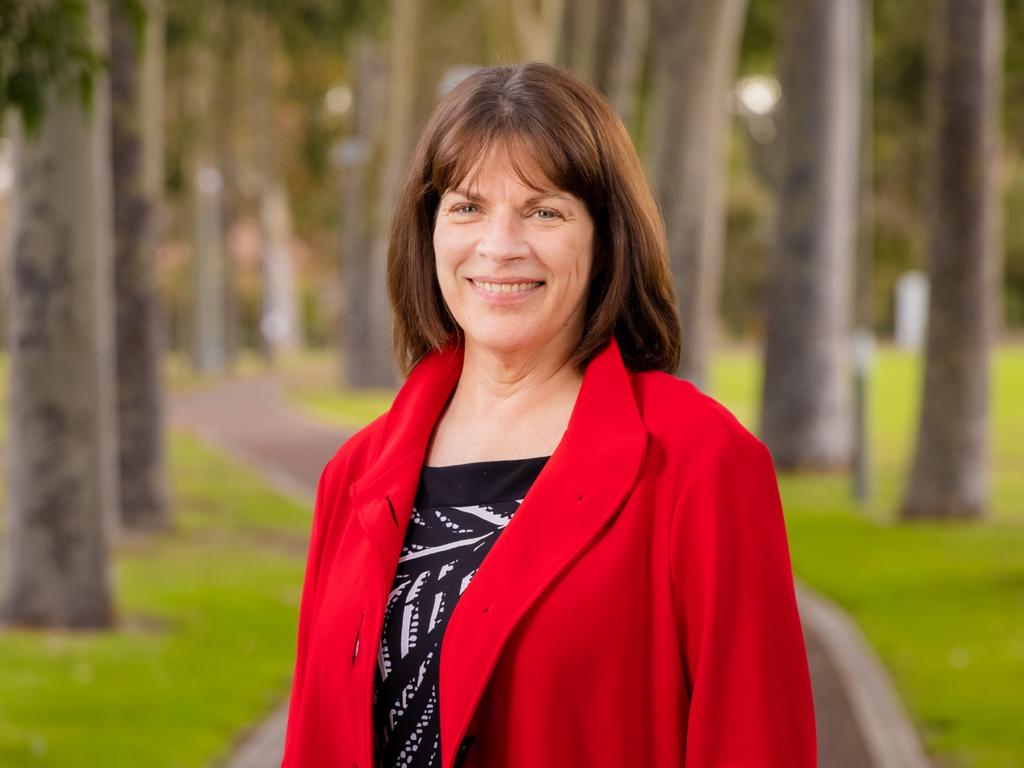Why universities are their own worst enemy in fight against student caps

In April, there were 780,000 internationals in Australia, 16 per cent up on the pre-Covid 2019 first quarter. University enrolments had increased by 9 per cent while vocational education numbers grew a thumping 46 per cent, to 235,000.
Numbers will come down; the aftershocks of pandemic disruptions to arrivals and departures are ending. But there are plenty of new people in the pipeline, with a record 259,000 commencements.
And there will not be a significant drop before the election, which is what the Albanese government’s plan to cap international enrolments at each university and college is about.
These are quotable numbers for anybody who wants to argue migrants, including students, drive housing shortages and a gift for the opposition that the government is not keen to give. And so the hiding it copped last week, in a Senate committee considering the bill to cap international enrolments, is probably seen as the reasonable cost of cancelling a vote loser.
University lobbyists giving evidence to the committee did not explicitly state that reducing the number of fee paying students from overseas would drive them and the country broke but that was the general idea. And some seemed to struggle not to flat-out denounce the government for sticking its bib into an immensely successful industry – as Education Minister Jason Clare regularly says of international education, and then says again: “It’s the biggest export that we don’t dig out of the ground.”

Universities have a point, particularly because they are being targeted for a problem that other people created – spivs keen on a quick quid who use “training” as a synonym for “visa”.
Immigration officials are in an endless game of whackamole with people-movers, especially those in India who help clients who want to work in Australia get a visa by pretending to be aspiring students. And when they get here, pretend-colleges maintain the fiction they are studying full-time. Immigration officials know where to look and what to look for: fake English literacy scores, bodgy academic records, fraudulent savings statements to cover study and living costs. But desire to work in Australia is the parent of immigration ingenuity, and when one rort is stopped another racket starts.
Training regulator the Australian Skills Quality Authority despairingly described in April what is happening: “Serious and organised criminals operating through the sector create unfair competition for legitimate VET businesses and industries.”
It’s a problem Clare gets; his speech introducing the caps bill to parliament covered universities but it was VET where he went for examples, saying the bill would deter, “‘ghost colleges’ – fronts that exist mainly to get students a visa so they can work without ever attending a class”.
So why are universities being targeted when there are only a few who attract immigration officials’ attention?
Because nobody knows about the FlyByNight Training Institute. But when anybody wants an example of huge international enrolments, they find it in elite universities, some with international enrolments nudging 40 per cent of the total.
Universities in general make themselves a target by boasting about the amount of money their internationals kick into the economy. Cue claims that internationals pay top whack for flats and exclude Australian renters. It’s a nonsense explanation for the national housing problem but the government hopes to use it by proposing universities that want to enrol more international students build additional accommodation.
Easier said than done. The University of NSW wants to build a residential tower block for 900 students and is being fought long and hard by nimbies.
Plus, 20 years into the international education industry there are still suspicions that what is good for universities isn’t good for everybody else. A June survey by the Australia-China Relations Institute (at UTS) found while nearly 70 per cent of the sample think Chinese students are good for the economy, marginally more consider universities depend on them too much.
And despite decades of explanation that the (huge) fees international students pay fund their enrolments, nearly half think Chinese students mean fewer places for Australians at their university of choice. And a third are concerned that international students from China are “potentially reducing the quality of education at Australian universities”. As appeared to occur last week when the ABC reported allegations that a University of Melbourne class of almost entirely Chinese students was conducted in Mandarin. Higher education regulator TEQSA is looking into what would breach the law that universities teach in English.
Capping international student places at universities won’t fix the immigration rackets, housing shortage or change university teaching – but the government will get away with claiming it will, at least until the election.
Stephen Matchett writes on people, policy and politics in higher education, training and research.







You bet Australia has a problem with international student numbers but capping university places won’t fix it.